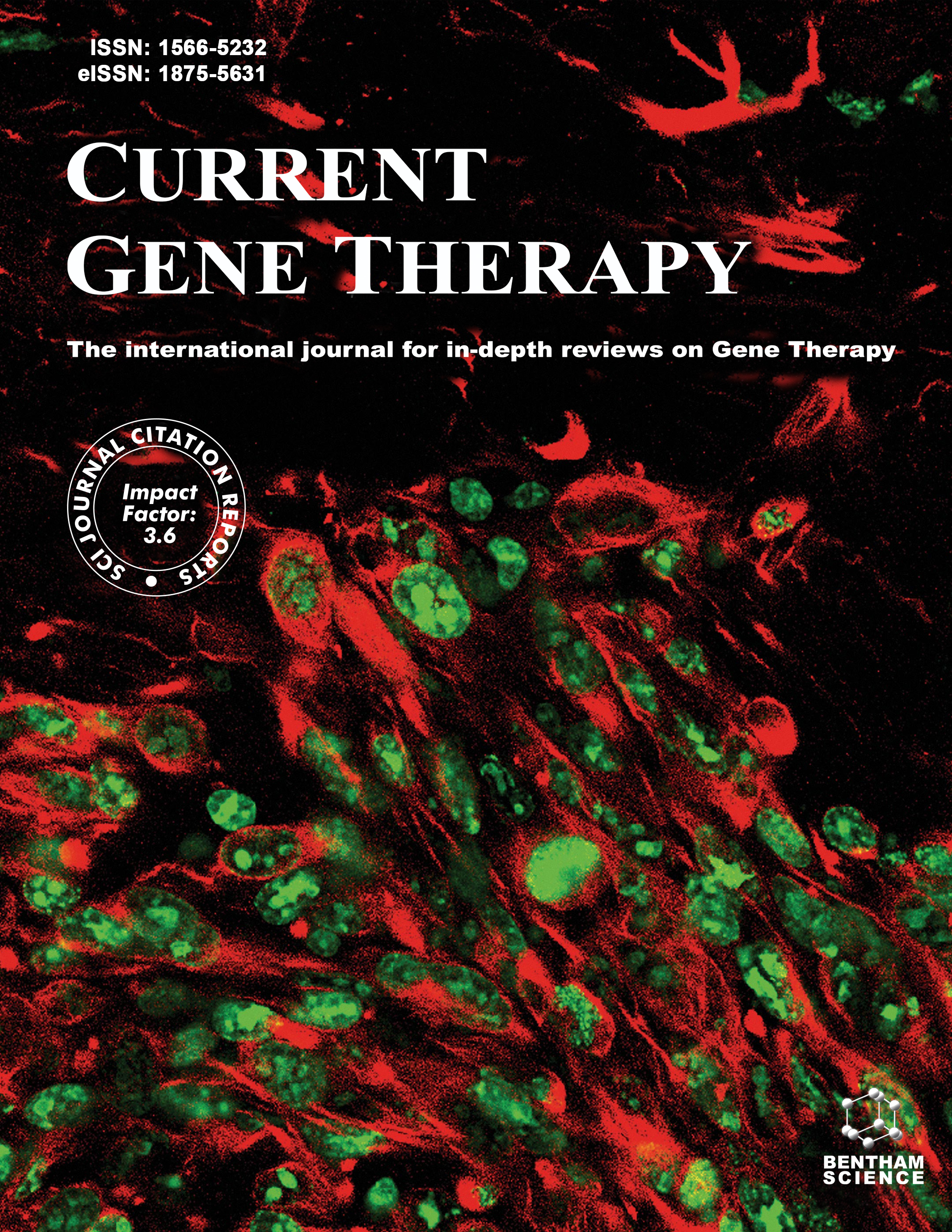-
s Genetics and Therapies for GM2 Gangliosidosis
- Source: Current Gene Therapy, Volume 18, Issue 2, Apr 2018, p. 68 - 89
-
- 01 Apr 2018
Abstract
Tay-Sachs disease, caused by impaired β-N-acetylhexosaminidase activity, was the first GM2 gangliosidosis to be studied and one of the most severe and earliest lysosomal diseases to be described. The condition, associated with the pathological build-up of GM2 ganglioside, has acquired almost iconic status and serves as a paradigm in the study of lysosomal storage diseases. Inherited as a classical autosomal recessive disorder, this global disease of the nervous system induces developmental arrest with regression of attained milestones; neurodegeneration progresses rapidly to cause premature death in young children. There is no effective treatment beyond palliative care, and while the genetic basis of GM2 gangliosidosis is well established, the molecular and cellular events, from diseasecausing mutations and glycosphingolipid storage to disease manifestations, remain to be fully delineated. Several therapeutic approaches have been attempted in patients, including enzymatic augmentation, bone marrow transplantation, enzyme enhancement, and substrate reduction therapy. Hitherto, none of these stratagems has materially altered the course of the disease. Authentic animal models of GM2 gangliodidosis have facilitated in-depth evaluation of innovative applications such as gene transfer, which in contrast to other interventions, shows great promise. This review outlines current knowledge pertaining the pathobiology as well as potential innovative treatments for the GM2 gangliosidoses.


